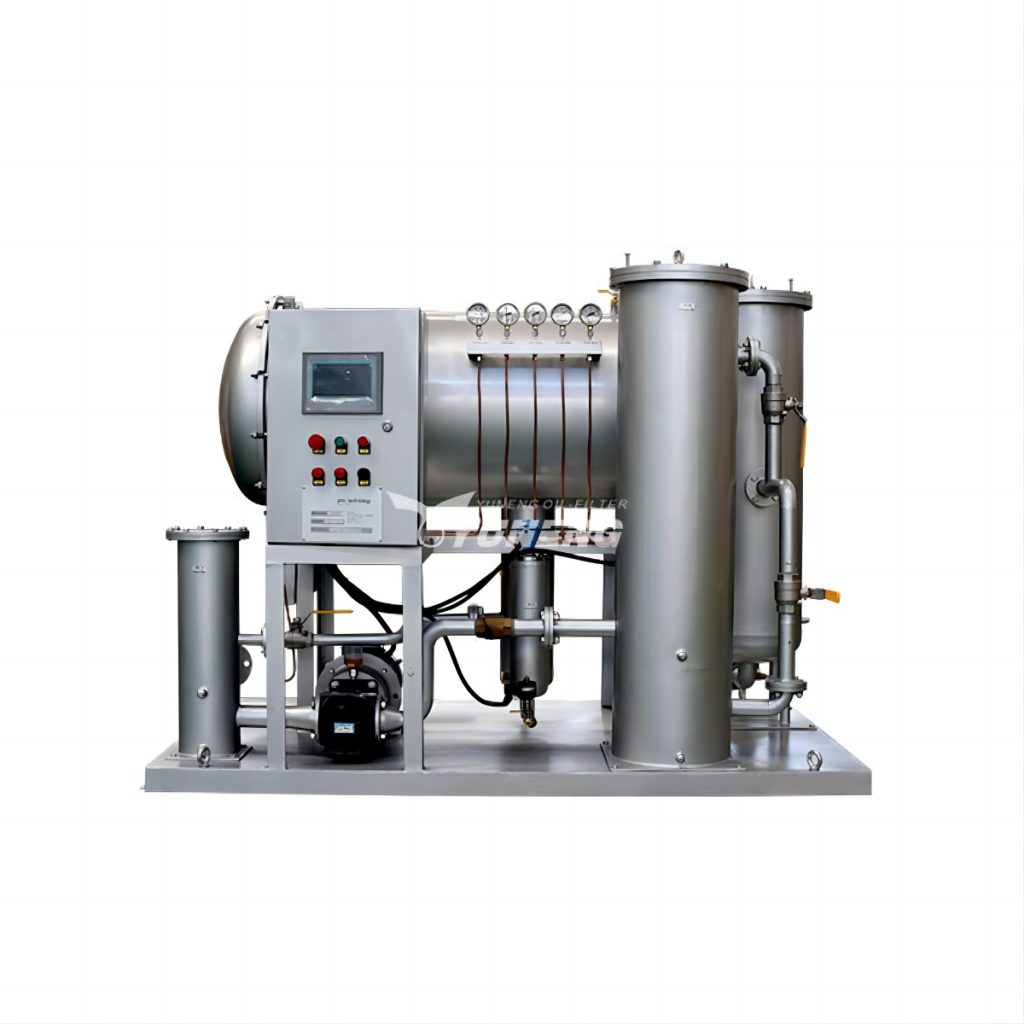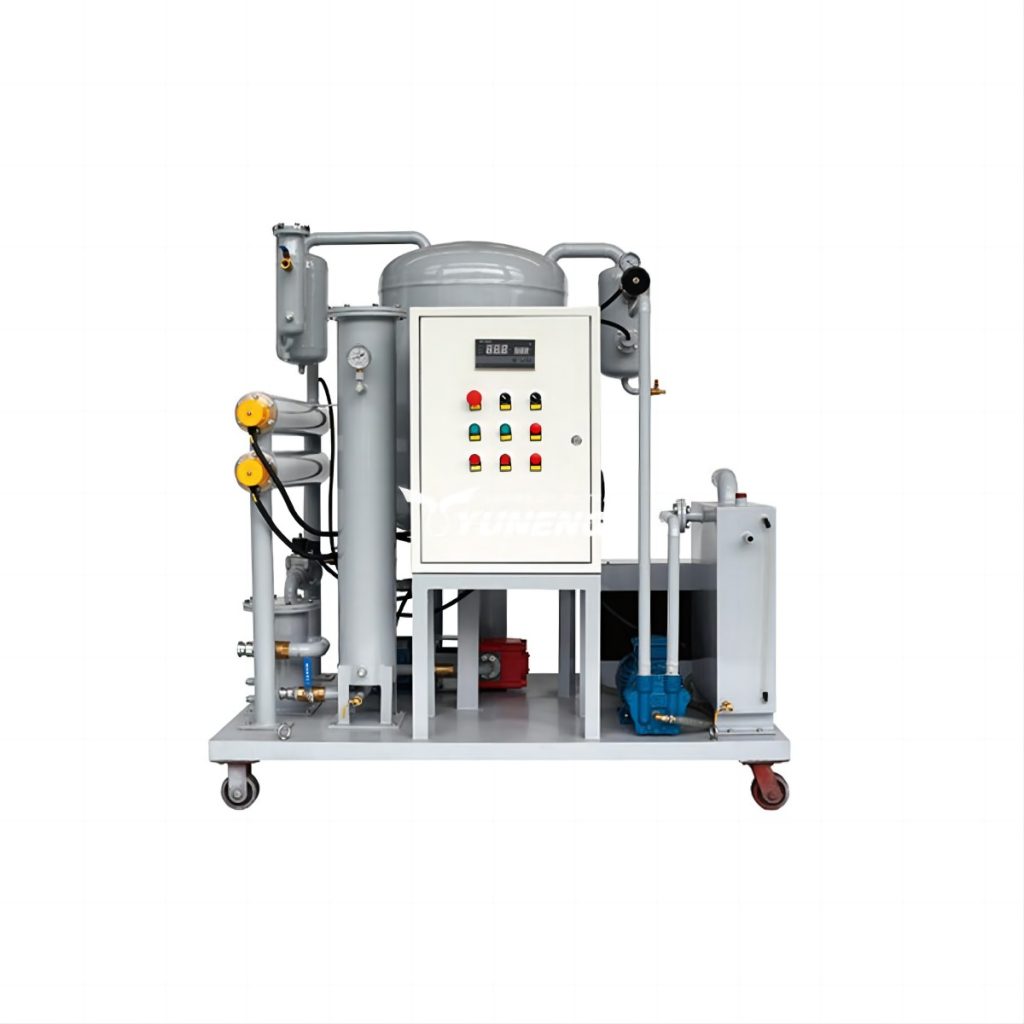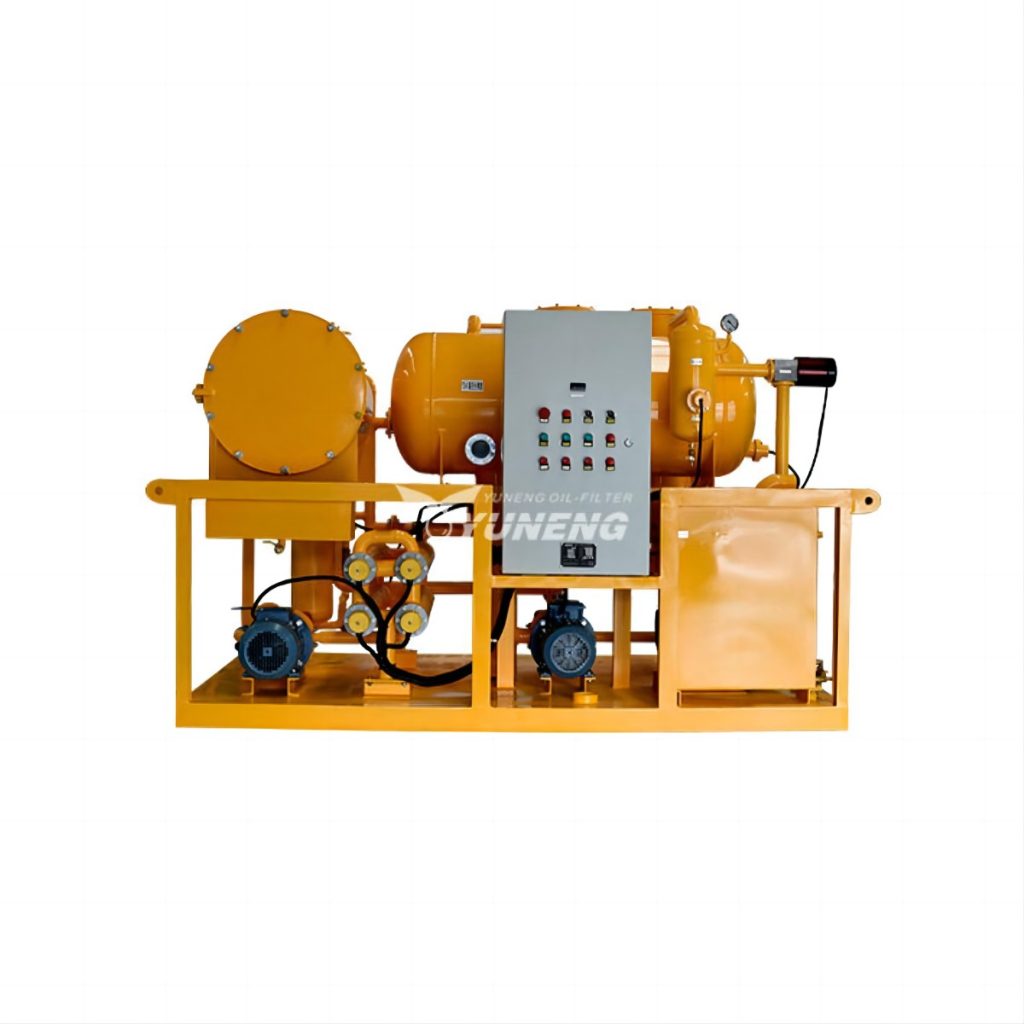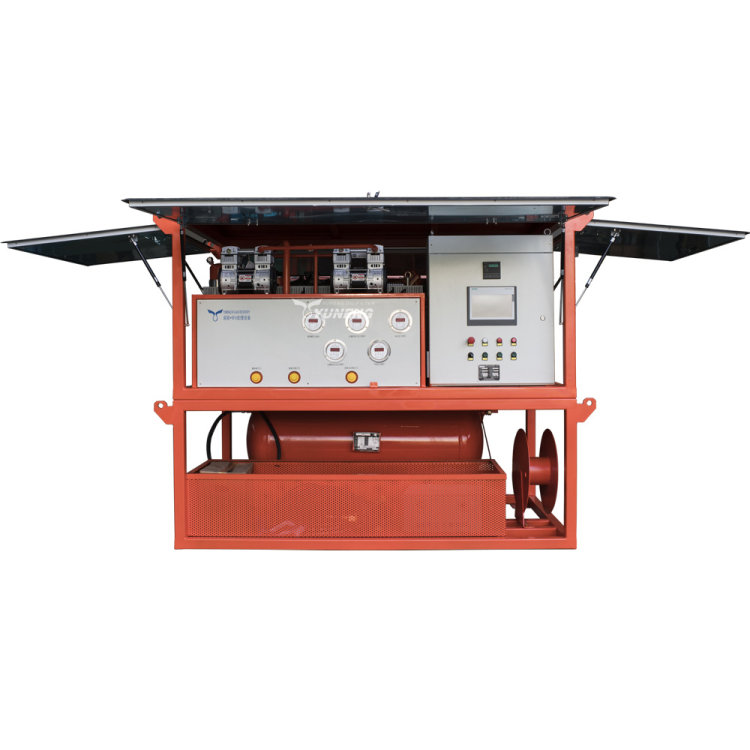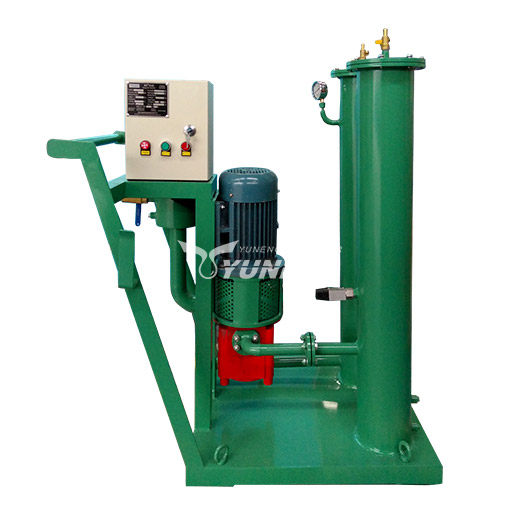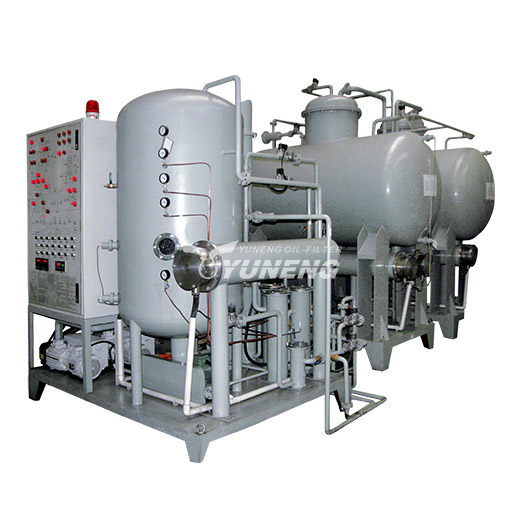5 Signs Your Turbine Oil Needs Immediate Purification
Turbine oil is essential to a turbine’s proper operation, providing lubrication, cooling, and basic protection against wear and corrosion. Yet as the oil ages, unwanted invaders-water, dirt, and oxidation sludge-gradually ruin its properties, raising the risk of breakdowns and costly outages. Knowing the warning signs that call for swift action can spare you expensive repairs and prolong the life of your equipment.
Table of Contents
Why Turbine Oil Important?

Turbine oil is a vital component in the efficient and reliable operation of turbines, generators, and other heavy machinery. Its primary functions include:
- Lubrication: Minimizes friction between moving parts, reducing wear and extending equipment lifespan.
- Heat Dissipation: Absorbs and transfers heat away from critical components, preventing overheating.
- Corrosion Protection: Forms a protective layer on metal surfaces, shielding them from moisture and oxidation.
- Contaminant Suspension: Traps particles and sludge, preventing them from damaging sensitive parts.
- Hydraulic Function: In some systems, it also acts as a hydraulic fluid, ensuring smooth operation.
Over time, turbine oil degrades due to oxidation, water ingress, and particulate contamination. Impurities reduce its effectiveness, leading to increased friction, corrosion, and potential equipment failure. Regular turbine oil purification ensures optimal performance, prevents costly breakdowns, and maximizes operational efficiency. By maintaining clean, high-quality oil, industries can enhance turbine reliability, reduce maintenance costs, and avoid unplanned downtime.
Investing in a turbine oil purification system is essential for long-term asset protection and peak performance.
5 Signs Turbine Oil Needs Immediate Purification
Turbine oil doesn’t degrade in a single day, but if early warning signs are overlooked, equipment can fail with little notice, production can stall, and repair bills can mount. Routine testing and real-time monitoring let engineers spot trouble before it spreads, yet that only works if the team understands the symptoms. The following five key indicators signal that turbine oil requires urgent purification.
Excessive Water Contamination
Water ranks among the most destructive impurities found in turbine oil. It intrudes through condensation, damaged seals, careless storage, or even routine servicing. Even modest concentrations measured in parts per million can trigger corrosion, pit bearings, and invite harmful microbes.
If oil analysis reports water content above the standard, or if the oil appears cloudy (an indication of emulsified water), immediate action is necessary. A turbine oil purification system using vacuum dehydration or coalescing separation can efficiently remove free and emulsified water to restore oil clarity and reliability.

Increasing Acid Number (TAN)
An upward trend in the Total Acid Number (TAN) indicates that turbine oil is undergoing oxidation and producing acidic compounds. Although oxidation is a normal aging process fueled by heat, oxygen, and metal surfaces, accelerated breakdown can harm components and encourage varnish.
When TAN readings breach recommended limits, run the oil through a purifier to strip these harmful by-products. Effective systems often pair adsorbent filters or resin beds engineered to reduce TAN and prolong useful oil life.
High Particle Count and Solids
Solid contaminants—such as metal wear particles, dirt, rust, and degraded oil by-products—can circulate through your turbine’s oil system, damaging precision components like bearings and servo valves. ISO 4406 codes are commonly used to track cleanliness levels. If your oil sample comes back with a rating above ISO 18/16/13, filtration is required.
A high-performance turbine oil filter machine can remove particles down to sub-micron levels, helping you maintain manufacturer-recommended cleanliness standards and avoid premature wear.
Discoloration or Cloudy Appearance
Healthy turbine oil usually appears as a transparent, pale amber liquid. As the oil ages, oxidation and foreign particles gradually darken or haze the fluid. That color change is not mere appearance; it signals the oil may hold solid matter, entrained water, or sludge as well.
Routine visual checks or inline optical sensors can spot the warning sign before damage spreads. Once identified, the oil must be cleaned without delay using a dedicated turbine oil purifier equipped with both filtration and dehydration stages.
Foaming or Air Entrapment
Too many bubbles in turbine oil harm both lubrication and cooling duty. Air gets in, usually, because oil is dirty, antifoam has broken down, or something inside the machine is faulty. If ignored, the entrained air may spark pump cavitation, unpredictable operation, and extra component wear.
When froth appears in the reservoir or through sight glasses, the oil clearly needs cleaning. A dedicated purifier that strips gas will remove the bubbles and return the fluid to normal.
By recognizing these five signs and responding quickly with the appropriate turbine oil purification method, you can dramatically extend the life of your turbine oil and safeguard your equipment investment.
How to Purifier Turbine Oil

The turbine oil purification process begins with identifying the type and severity of contamination—whether it’s water, particulates, varnish, or oxidation by-products. Based on this analysis, an appropriate turbine oil purification method can be selected.
For water contamination, thermal vacuum dehydration is often the most effective solution, especially when dealing with dissolved or emulsified moisture. If solid particles are the issue, high-efficiency filtration using a turbine oil filter machine equipped with fine-micron filters will be necessary. When varnish and oxidation residues are present, chemical cleaning agents or adsorption media such as Fuller’s Earth can be integrated into the system.
The key to successful oil restoration lies in using a reliable turbine oil purification system that can handle multiple contaminants simultaneously and operate continuously without interrupting turbine function.
Role of Turbine Oil Purifier
A modern turbine oil purifier is more than just a filter—it is a multi-stage system designed to remove water, particulates, and chemical degradation products with precision. Advanced models offer automated monitoring, smart diagnostics, and modular components, allowing for customizable treatment depending on oil condition. The purifier plays a vital role in preventive maintenance, helping reduce unplanned downtime and preserving turbine efficiency over time.
Need Technical Support?
If your turbine oil shows signs of contamination, timely purification is critical to prevent equipment damage and costly downtime. YUNENG, a leading manufacturer of turbine oil purifiers, offers expert solutions to maintain your oil in optimal condition.
Our services include:
- Custom purification systems – Advanced turbine oil filter machines for efficient water, gas, and particulate removal.
- Maintenance support – Prolong oil life and enhance turbine performance.
Don’t wait for failure—contact YUNENG today for reliable turbine oil purification solutions tailored to your needs!

